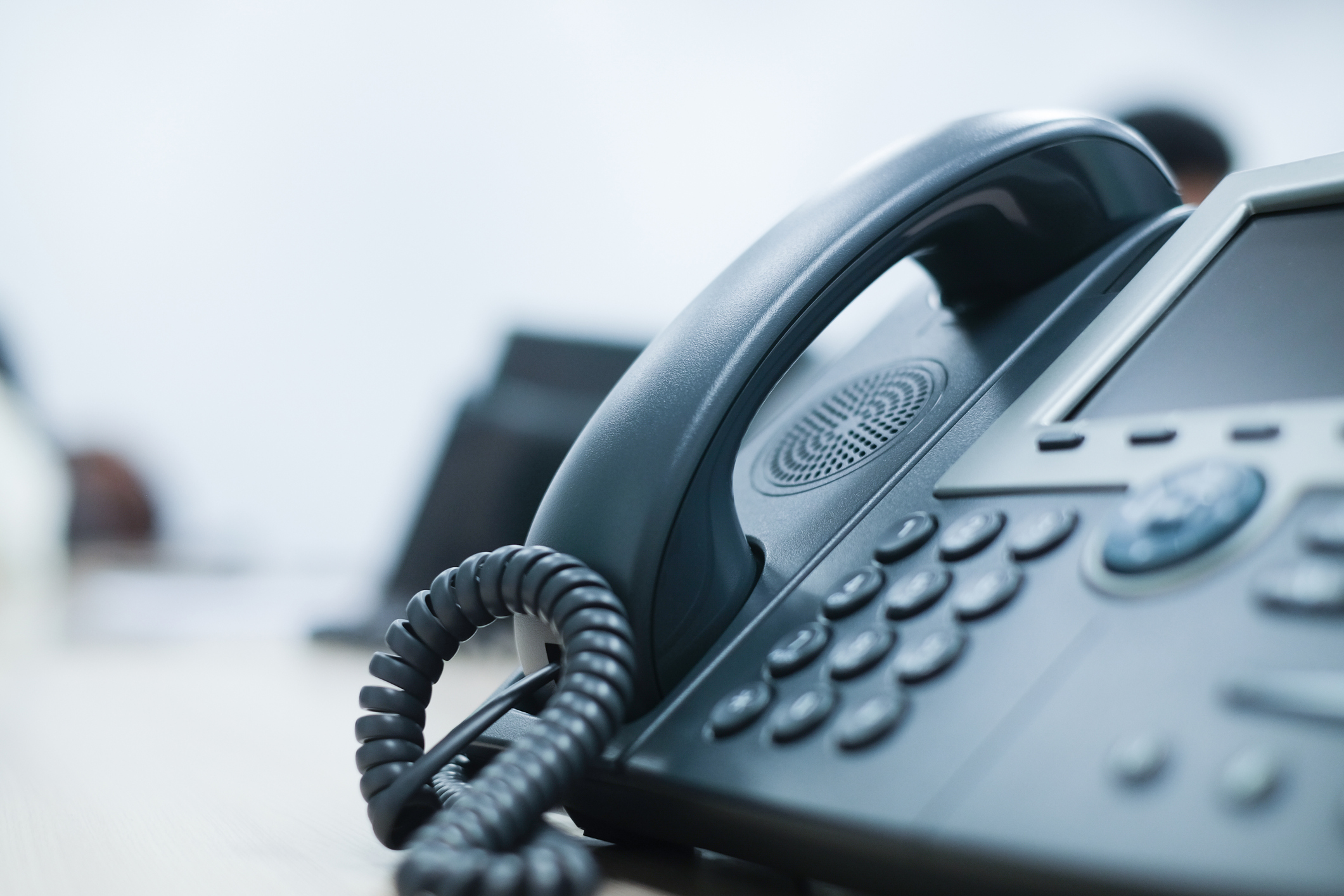How to Argue With Polish and Professionalism Over the Phone
As professionals across industries have adjusted to communicating with clients and teams remotely, most of the “best-practices” articles have focused on how not to embarrass yourself on video calls. While all of us (especially that lawyer in Florida) can stand to brush up our video-conferencing skills, attorneys who must continue litigating ongoing cases face another, lower-tech challenge: delivering oral arguments by phone.
Last week, the Federal Circuit launched its new system for telephonic arguments, and by all accounts things went very well due to the outstanding preparation and support of the clerk’s office. Depending on how long stay-at-home orders continue to be in place, most courts will follow suit and attorneys will have to master the art of persuasion as a disembodied voice. Here are a few tips for bringing your A-game to this difficult task.
Maximize the clarity of your sound. It’s best to choose a smaller room (with a closed door) than a large open space where your voice may echo. Landlines provide much better sound than cell phones, which is leading some attorneys to head in to the office to make the call rather than trying to do so from home (assuming they can access their office).
Eliminate background noise. Calling from the office rather than the den may also be a better bet if your home is full of energetic children or pets who may make distracting noise. Just as during in-person court appearances, be absolutely sure you have silenced all your devices so that nothing rings or beeps during your argument. Some attorneys suggest additional hacks, such as placing a towel on your desk to eliminate the sound of rustling paper.
Find your posture. Since many attorneys are used to arguing while standing up and talking with their hands, it may make sense to set your phone on a higher surface than a desktop. Be careful, though, not to move around in ways that will make it hard for the microphone to catch what you are saying.
Allow for silence. On conference calls, the slight delay in sound and not being able to see visual cues leads to callers talking over one another. While it’s one thing to accidentally interrupt a colleague, a judge may be less forgiving. Slow down your speech, learn to wait a beat before moving on to the next point, and mark spots in your argument where it makes sense to pause.
Signal that you’re listening. When a judge asks a question, you might want to pause to collect your thoughts before you begin your answer. But you don’t want to pause for so long that it might seem like you’ve been disconnected. Fans of the New York Times podcast The Daily will be familiar with the “Michael Barbaro uum,” an audio head nod that demonstrates your active participation in the exchange.
Track your time. Keep a (silenced!) phone handy to help you monitor when your time is running out.
Put your “bulldog” on a leash. If you are the kind of litigator who relishes taking a fiery approach in the courtroom, now is the time for a little more caution. What feels appropriately assertive in person may cross the line into aggression (or worse) over the phone and could harm your case and your standing with the judge. Be courteous and patient.
Just like many other things we’re all starting to get used to, telephonic arguments may soon become a new normal. Savvy lawyers will find ways to turn the technology’s limitations to their advantage.

